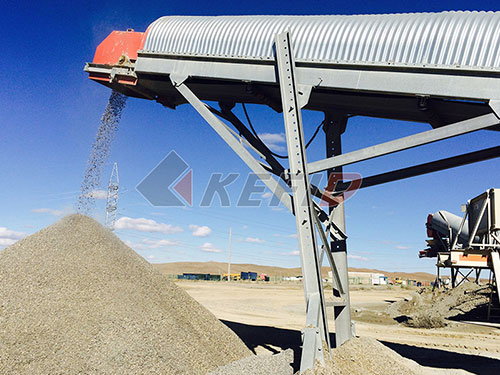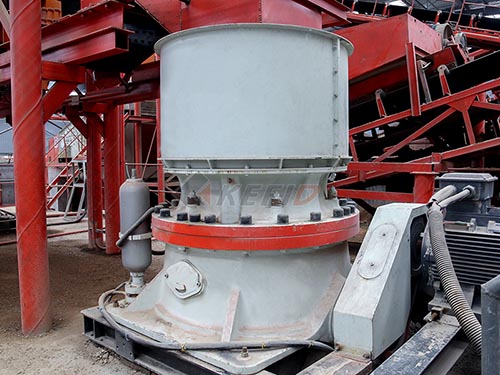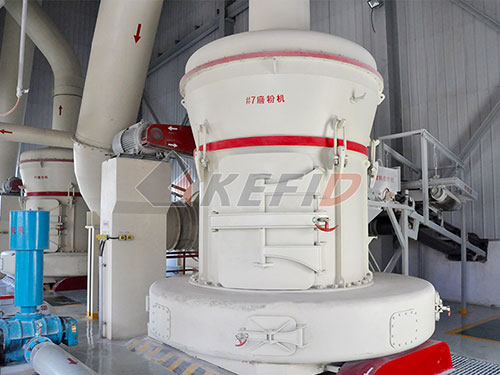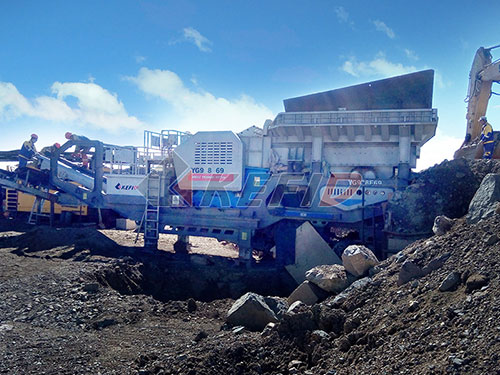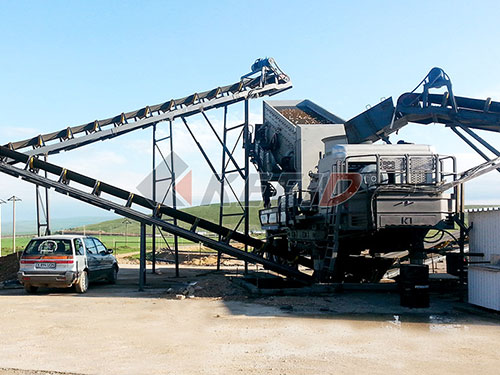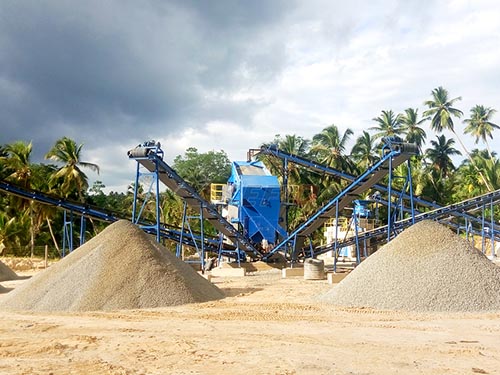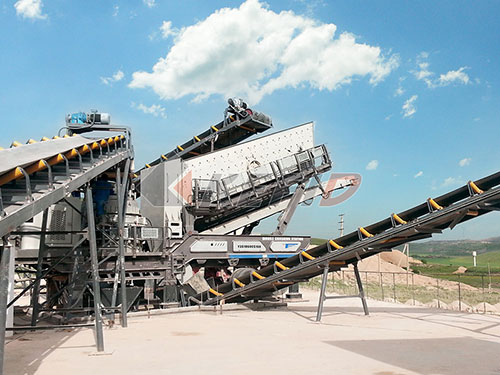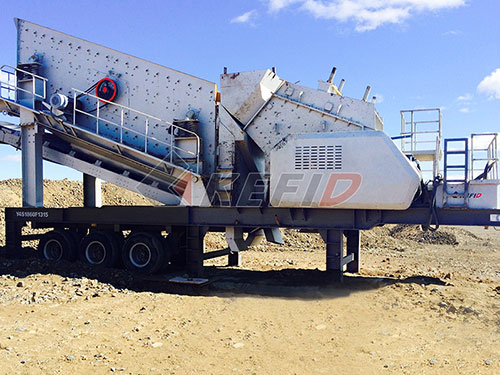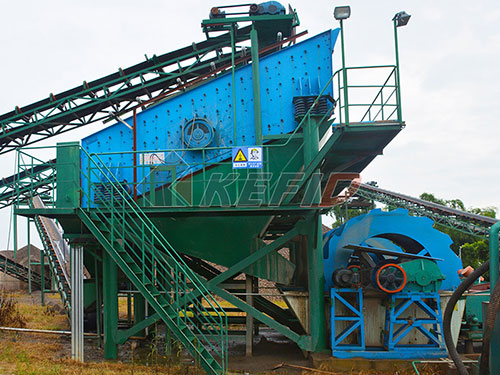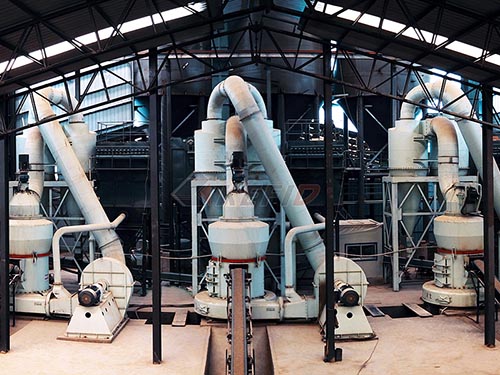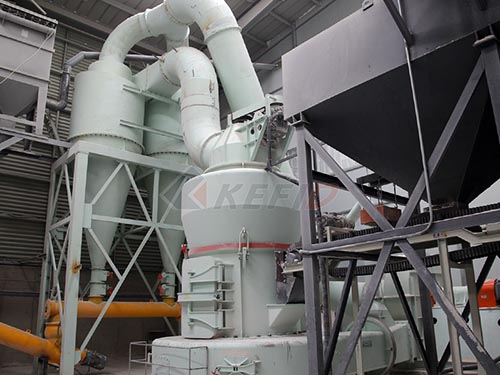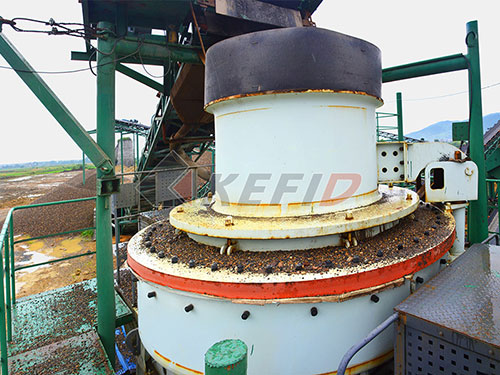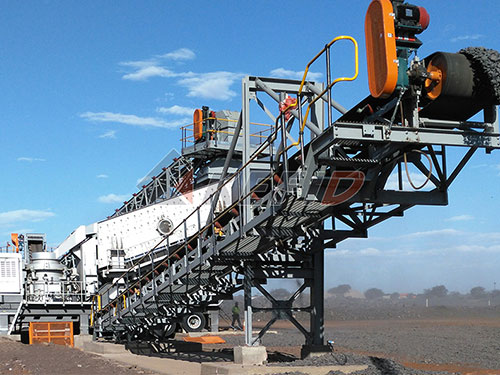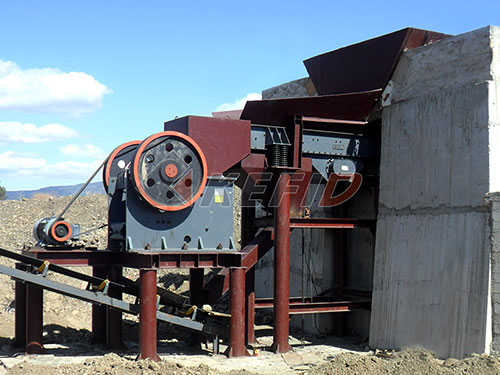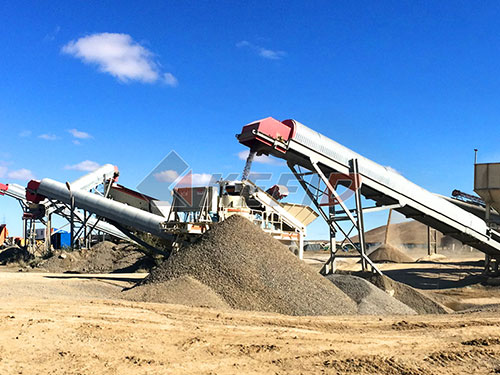The Workhorse of Crushing: Advantages and Disadvantages of Jaw Crushers
In the rugged world of mineral processing, aggregate production, and demolition recycling, few machines are as iconic or fundamental as the jaw crusher. Often the first stage in size reduction circuits, its simple yet robust design has stood the test of time. Understanding its inherent strengths and limitations is crucial for optimal equipment selection and plant operation.
The Indisputable Advantages:
1. Simplicity & Robustness: At its core, a jaw crusher consists of a fixed jaw and a movable jaw mounted on an eccentric shaft. This straightforward mechanical design translates into exceptional durability and reliability. Fewer complex components mean fewer potential failure points, making it highly resistant to shock loads and demanding operating conditions.
2. Versatility in Feed Material: Jaw crushers are remarkably tolerant feeders. They can handle a wide range of materials:
Hard Rock: Granite, basalt, quartzite.
Abrasive Materials: Ferrous ores (like iron ore), slag.
Wet & Sticky Materials: While not ideal, their gravity-feed design often handles damp or slightly sticky material better than cone crushers prone to packing.
Recycled Concrete & Demolition Debris: Effectively crushes concrete with rebar inclusions (though magnets are needed downstream).
3. Low Operational Cost (Initial & Maintenance): The relatively simple design makes jaw crushers less expensive to purchase initially compared to similarly sized cone or impact crushers. Maintenance is generally straightforward – primarily involving periodic lubrication and replacement of wear parts like jaw plates (cheek plates) and toggle plates.
4. High Reduction Ratio & Capacity: Modern jaw crushers achieve impressive reduction ratios (typically 6:1 to 8:1), meaning they can take large feed material (often up to 1-1.5 meters in size) and reduce it significantly in a single pass. They also offer substantial capacities suitable for primary crushing stations.
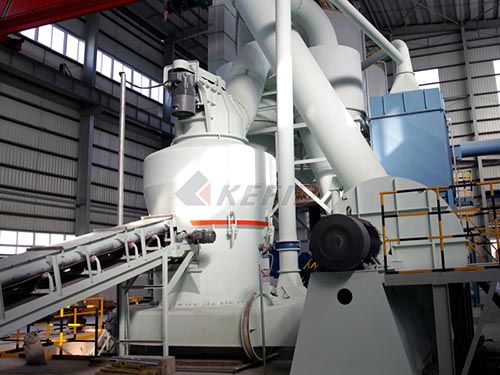
5. Effective Primary Crushing: Their ability to accept large feed size combined with high capacity makes them the undisputed champion for primary crushing applications where raw material is dumped directly from haul trucks or loaders.
6. Minimal Fines Generation (Compared to Impact Crushers): When producing coarse aggregates, jaw crushers tend to generate fewer fines than impact crushers operating in primary positions.
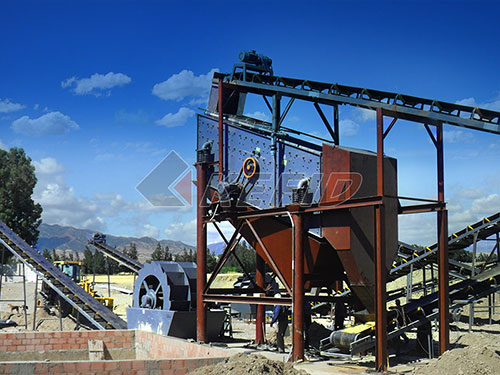
The Inherent Disadvantages:
1. High Wear Part
